One of the most striking features of the discussion of what could be called the Corona crisis – the economic and financial crisis associated with the COVID-19 pandemic – is its pervasive intellectual laziness. Far too few commentators are trying to grapple with its unique features.
One example is the habit of comparing it to the 2008-9 global financial crisis. It is not that such comparisons are inherently illegitimate – as long as they examine both the differences and similarities between the two periods of turmoil. It is that, all too often, they act as a way of avoiding a consideration of the specificities of both.
Another example is the increasingly irritating habit of describing the shape of the recovery in relation to a letter. Is it going to be a ‘v’, a ‘w’, an ‘l’, a Nike-style swoosh or another character?
It is easy to understand the appeal of such comparisons but they act as substitutes for thought. As crutches for the mind. The shape of a Latin letter can easily be visualised but examining the peculiarities of the Corona crisis is a challenging task.
Perhaps the first step in developing a proper understanding is to separate the pandemic as a disease from the policy choice of tackling it with a lockdown. That is not to say that the lockdown was necessarily wrong but it is important to remember these are distinct, although related, developments. Policymakers decided to put a large part of the economy into hibernation as a way of curbing the pandemic. Simultaneously they implemented huge fiscal and monetary support packages to stop this temporary stasis turning into permanent collapse.
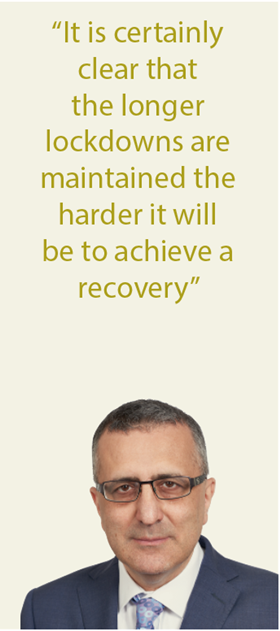
No economic thinkers, from whatever tradition, could have anticipated such a peculiar set of circumstances. Although Friedrich Hayek, John Maynard Keynes and Karl Marx all wrote extensively on economic crises none of them witnessed anything like the current predicament.
The fact that policymakers took a conscious decision to put the economy into deep freeze means that they will play a key role in shaping the recovery. There are no pre-determined answers.
It is certainly clear that the longer lockdowns are maintained the harder it will be to achieve a recovery. Europe is gradually returning to normality but progress is slow.
The types of policies pursued will be important. There needs to be a concerted effort to bolster economic growth and strengthen the dynamic towards higher productivity. Otherwise the pre-existing lack of dynamism will simply be reproduced and even reinforced. The opportunity to set the economy on a path to higher growth needs to be seized.







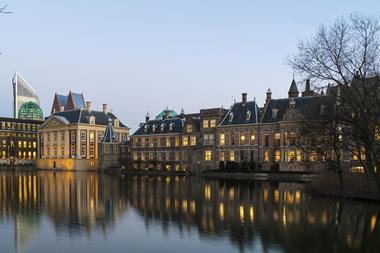
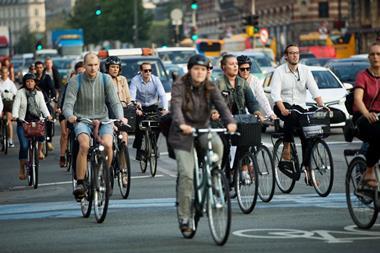

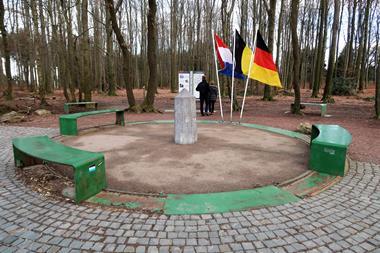


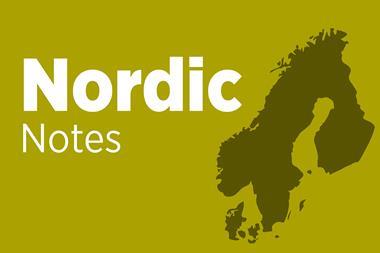

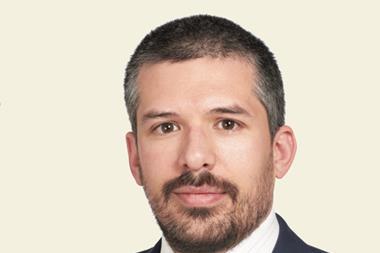

No comments yet